June 21, 2025 | 01:31 GMT +7
June 21, 2025 | 01:31 GMT +7
Hotline: 0913.378.918
June 21, 2025 | 01:31 GMT +7
Hotline: 0913.378.918

Minister of Agriculture and Rural Development Le Minh Hoan delivered a report on the investment policy of the National Target Programme on new-style rural area building in the 2021-2025 period. Photo: Quochoi.vn
The Minister of Agriculture and Rural Development delivered a report on the investment policy of the National Target Programme on new-style rural area building in the 2021-2025 period on July 23.
He said the program, which is based on the principle “The new countryside is the foundation, agricultural restructuring is fundamental, the people are the subjects”, basically continues the tasks of the previous period and focuses on key ones.
Some of the most highlighted tasks are supporting for communes and districts to meet the new rural standards and improve the quality of the standards that have been met in a sustainable way; targeting that the whole country will no longer have communes that meet lower than 15 standards and encouraging localities with favorable conditions to actively build model rural areas.
Besides, the minister of the agricultural sector emphasized the need to focus on improving the efficiency of agricultural restructuring and rural economic development, specifically, improving the operational efficiency of agricultural cooperatives in association with value chain linkages; supporting start-ups and innovative businesses in restructuring the agricultural sector and developing rural economy; strongly implementing the One Commune One Product Program, developing rural tourism...
Other tasks include promoting digital transformation in building model rural areas; improving the quality of environmental protection and of cultural activities associated with the preservation and promotion of traditional cultural values; promoting gender equality; improving the nutritional diets for children and improving the quality of medical examination and treatment for people in the rural areas.
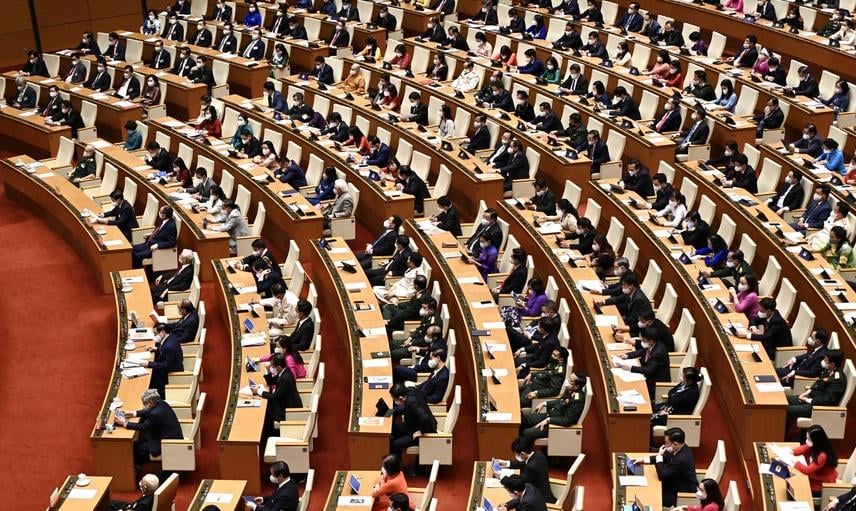
The scene of the first session, the 15th National Assembly
The MARD targets to have at least 80% of communes nationwide meet the standards of rural areas, 40% of which meet the standards of advanced rural areas, 10% of which meet the standards of model rural areas. At least 50% of districts, towns, and cities directly under the province are targeted to complete their tasks or reach standards of new rural areas, at least 20% of which are recognized as enhanced rural districts and model rural districts. Each province and city is expected to have at least 02 district-level units that meet new rural standards.
At the provincial level, at least 15 provinces and centrally-run cities are expected to be recognized by the Prime Minister to complete the task of building new rural areas.
At least 60% of villages, hamlets in extremely difficult communes in border areas, mountainous areas, coastal flat areas, and islands are targeted to meet new rural standards according to the criteria for rural areas prescribed by the province.
State budget allocation
According to the Government's report, at least VND39,632 billion of the central budget capital for the 2021-2025 period needs to be allocated for the Program (of which development investment capital: VNDVND30,000 billion, non-business capital: VND9,632 billion), equal to 62.7% of the capital for the Program in the period 2016-2020.
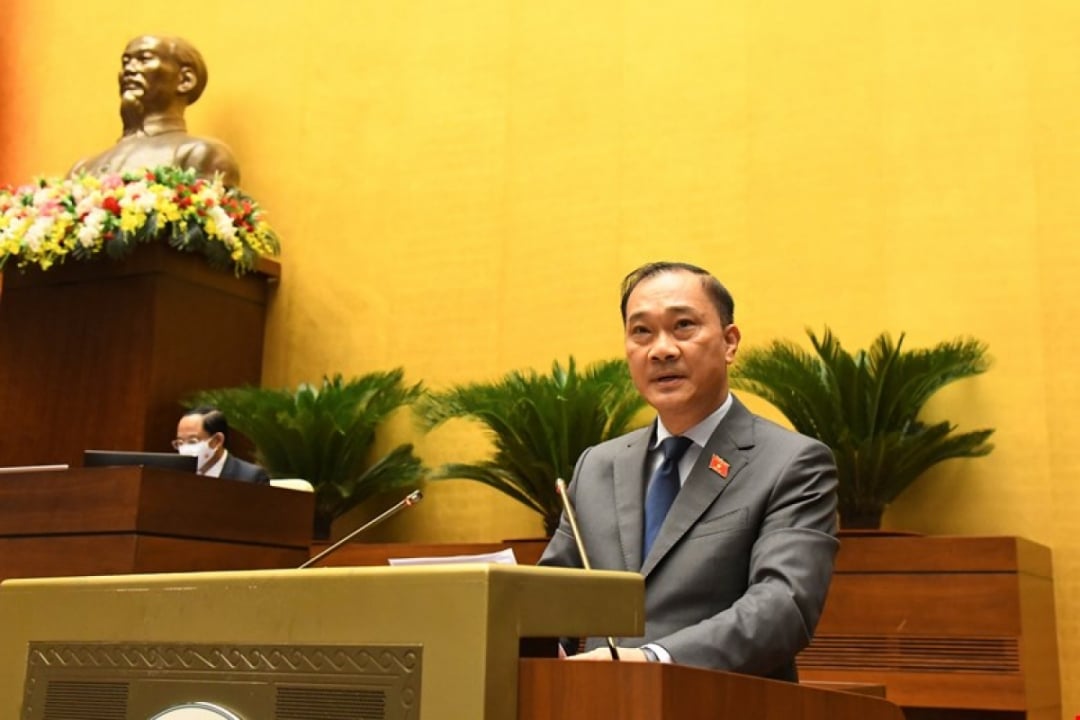
Chairman of the Economic Committee of the National Assembly Vu Hong Thanh presented the inspection report on the investment policy of the National Target Program on building new rural areas in the 2021-2025 period.
Chairman of the National Assembly's Economic Committee Vu Hong Thanh said that the complicated and unpredictable developments of the Covid-19 pandemic will still have a negative impact on the socio-economic development of our country in the coming period.
State budget revenue will be difficult and not have a sudden increase while having to fulfill many other important goals such as infrastructure investment, social security, salary reform, social insurance, defense security, he added.
The Economic Committee, therefore, approved the plan to allocate VND39,632 billion from the central budget capital for the Program and suggested that the Government should continue to balance the central budget capital to be able to further support the Program, based on actual conditions.
Regarding the principle of allocating capital from the central budget, the Economic Committee proposed the Government review and recalculate data to ensure that local budget resources are properly allocated on the basis of focusing on a number of key principles and the order of priority as follows:
Localities that have the rate of budget adjustment to the Central Government shall ensure their own capital from the local budget for implementation. To localities in remote mountainous areas and the Central Highlands, the central budget shall support up to 70%. If the central government still has to support local budgets over 60%, the central budget will support up to 50%; If the local budget ensures 60% or more, the central budget will support up to 30%.
Investment capital will be prioritized to communes meeting less than 15 criteria or lacking capital to achieve over 15 criteria to complete the new rural construction target; capital will be arranged to pay the criteria debt contents; unfinished contents of the 2016-2020 period will be completely completed; maintenance of the works after the investment will be conducted, in addition to completing the satisfying criteria but the targets are still low and targets for the newly improved countryside and the model new countryside.
The remaining capital will implement new contents, with priority given to completing criteria on production supporting development, creating livelihoods for people, rural environment treatment, food safety, and clean water in the countryside.
Quang Nam and Quang Ngai Provinces are suggested to continue to receive support from the central budget to implement the program.
Regarding the local budget capital, about VND156,700 billion (about 3.95 times higher than the support from the central budget) will be utilized, which is requested to be reviewed by the Government to ensure feasibility in implementation and avoid arising debt for capital construction.
As for other resources, the Government is requested to clarify the basis for determining and the feasibility of mobilizing resources due to pandemic factors affecting production and business, and that communes striving to achieve new countryside standards by 2025 are disadvantaged ones with difficulties in participating and contributing funds.
Translated by Phuong Ha
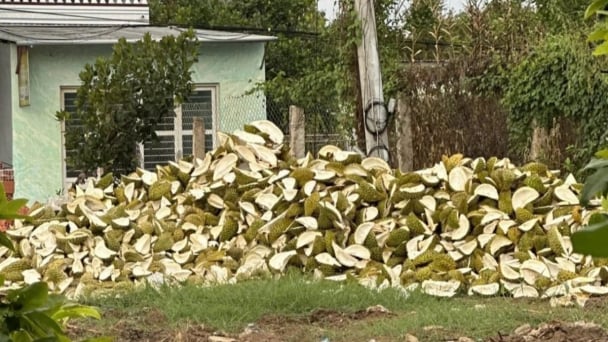
(VAN) The waste of resources from agricultural by-products and the situation of counterfeit and poor quality goods in production causing losses of thousands of billions were pointed out by the National Assembly deputy.
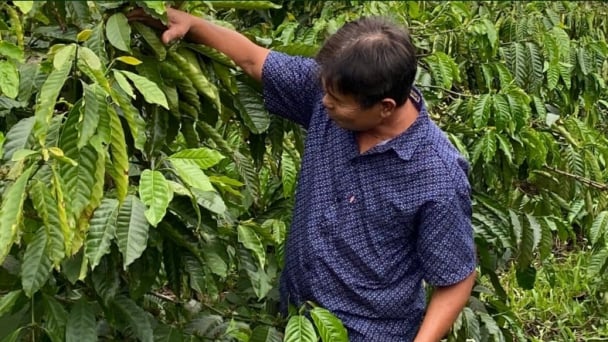
(VAN) After 5 years of implementation, the CAI initiative has helped coffee growers change their farming practices, moving toward responsible agriculture that meets global export standards.
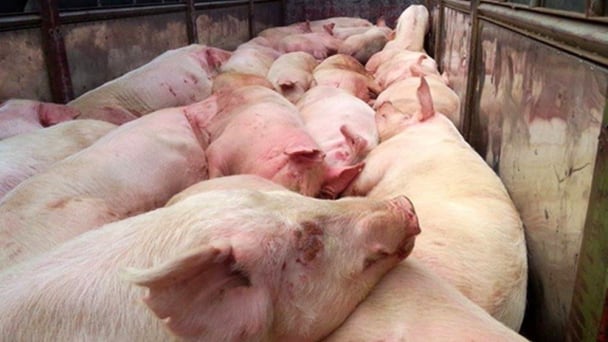
(VAN) The primary prerequisite for the comprehensive and robust integration of Vietnam's livestock sector into the global value chain is the establishment of a disease control system.
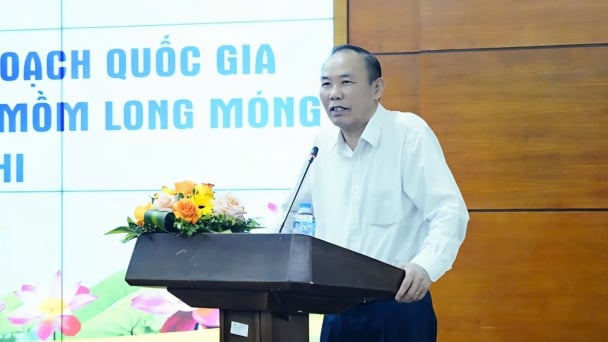
(VAN) The results of national programs are essential for establishing a contemporary livestock sector that is well-equipped to meet the demands of both domestic and international markets, with robust biosafety standards.

(VAN) The UNESCO Global Geopark revalidation of Non nuoc Cao Bang and the transition to a two-tier administrative model are presently undergoing a pivotal moment in Cao Bang, the northernmost province of Vietnam.
/2025/06/13/5330-2-004539_953.jpg)
(VAN) Changing policy mindset and removing investment barriers are urgent requirements to open up new development space for enterprises in the agricultural sector.

(VAN) The areas include the restoration of five million hectares of marine ecosystems.